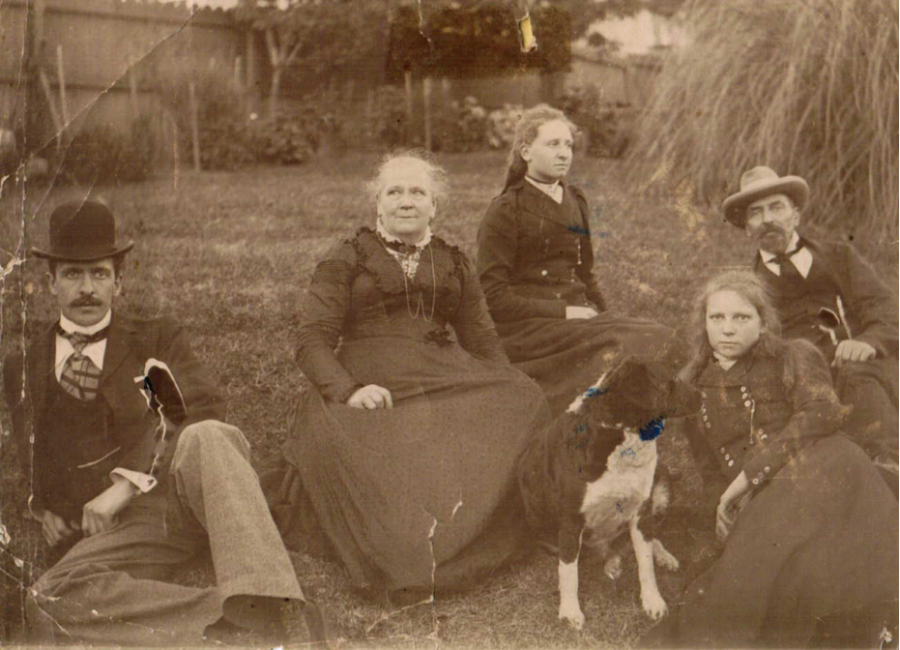
Authors: Dr Sue Rosen and Liz Gorman
Client: Private Client
Our team prepared a history of the client's heritage listed property as part of a Heritage Impact Statement required for the client to undertake minor, historically sympathetic, alterations.
Bank of New South Wales officer, Robert Burrowes, commissioned the colonial Georgian-style sandstone & brick residence, then known as ‘Pine Tree House’, to be constructed on the site of Lots 3-4 & 7-8. It was completed c. 1846. Robert lived at Pine Tree House with his wife Mary until his death in 1851, aged just 37. Mary did not live there for much longer and later passed away in 1865.
From at least 1879, the property was let to the Smith Family. During thoer tenure the property was sold to William Marshall, an accountant, who held on to the property until April 1896, when it was conveyed to James Alexander Ternen. James Ternen also leased out the property.
By 1939, the building at the rear of the house shown on the 1888 survey plan, was set up as a factory space. The house was leased to Charles Hayes and Andrew Hantos who operated ‘Handytex Co.’, manufacturers of ribbons and laces.
From our research it is evident the house has a long association with the Wane family, who were in occupation from (1897 -1932), and with the neighbouring Balmain pioneering Ternen family (1896-1921). The property demonstrates the original subdivision pattern of Lot 8 of the Granmore Estate.